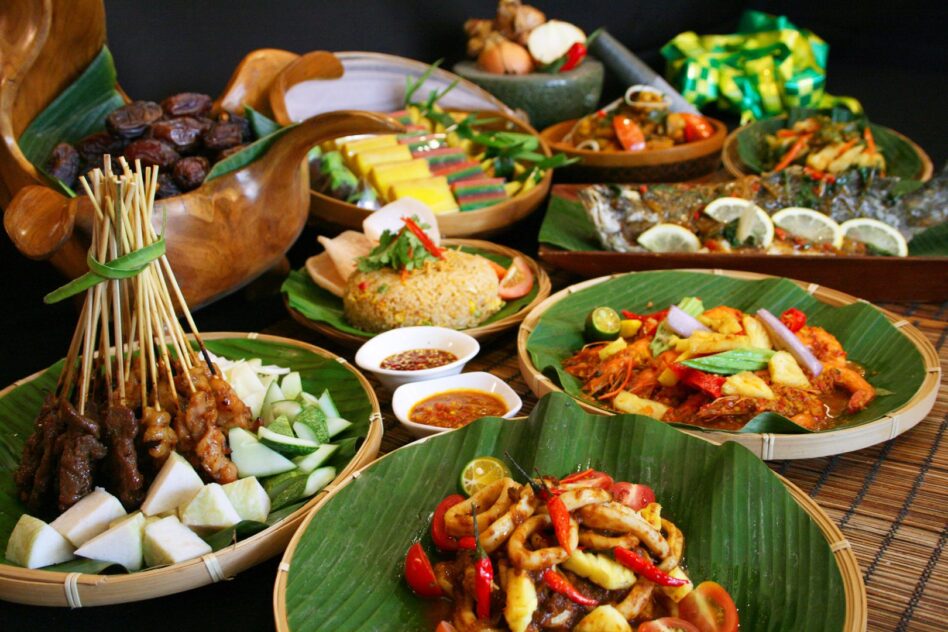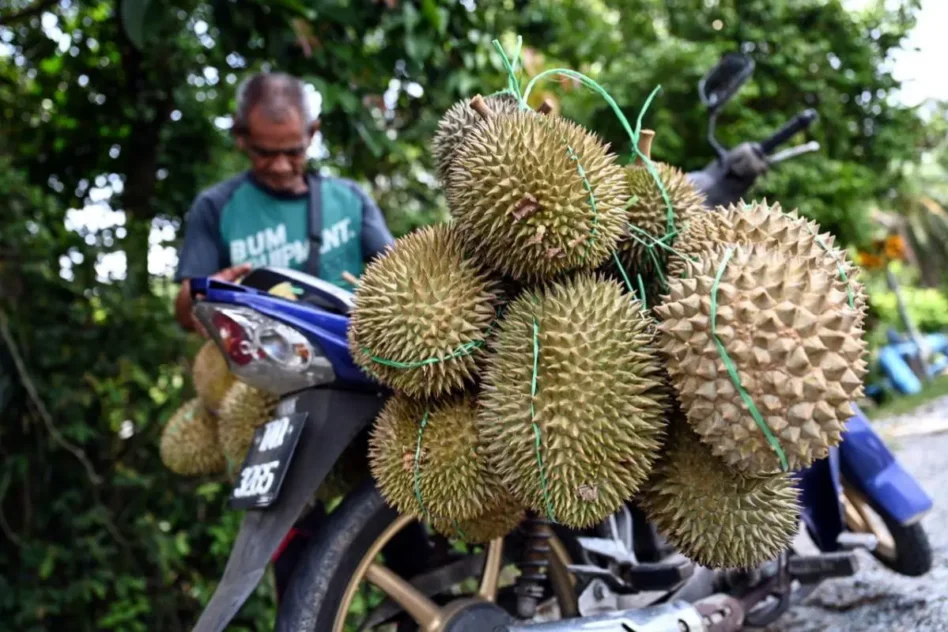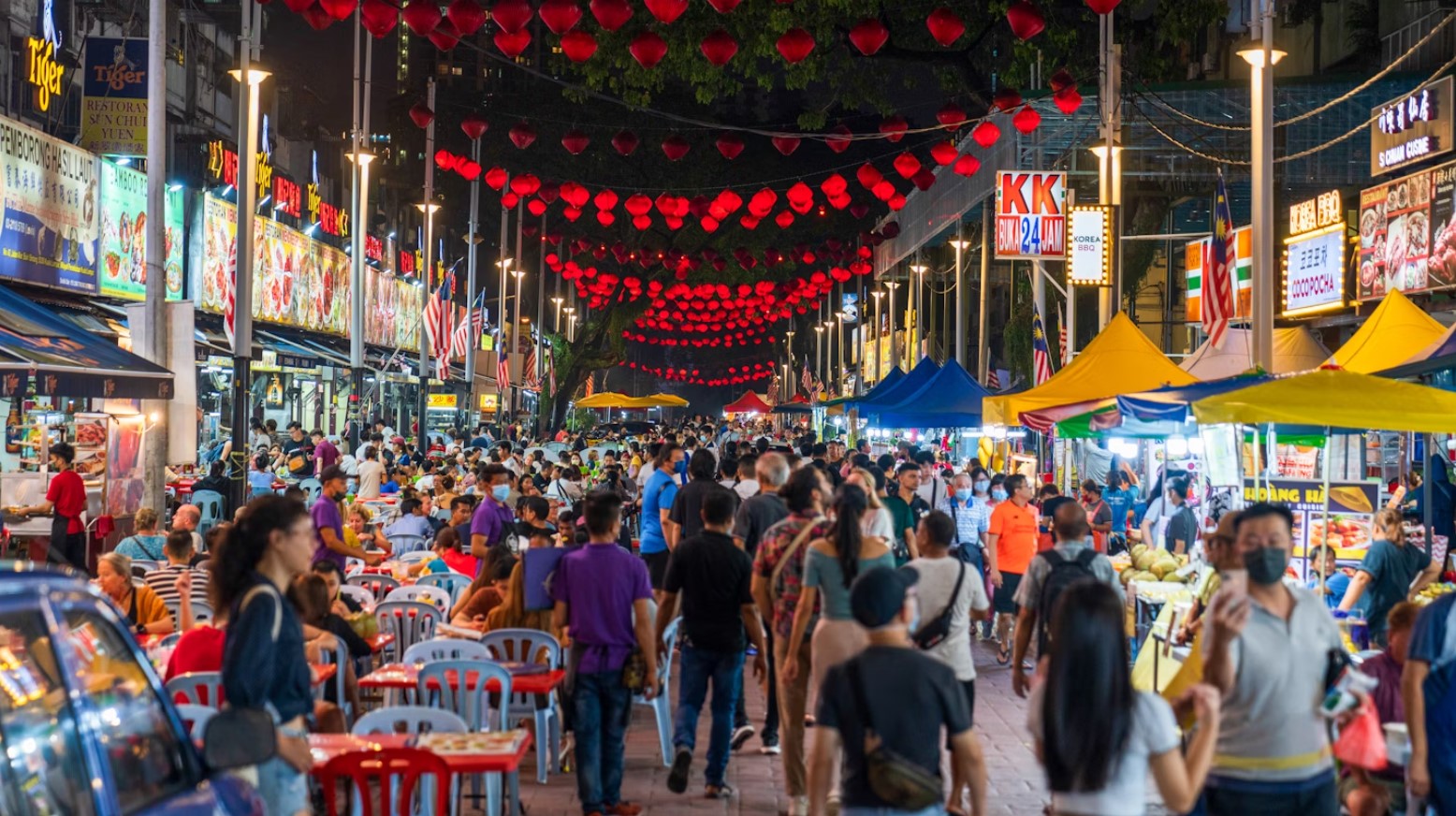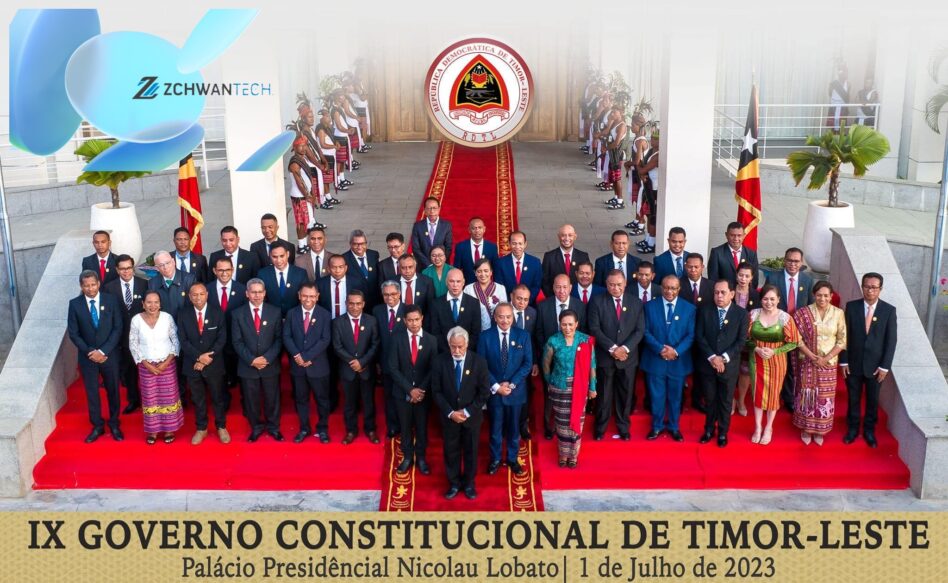SINCE 2012, travel and tour companies must send a senior staff member to participate in the “Travel and Tours Enhancement Course” as the attendance certificate is needed to renew their business licence with the Tourism, Arts and Culture Ministry.
Over the years, the training programme has been revised several times and the current version includes four modules and a total of 169 slides.
Among the many slides contributed by the Malaysia Promotion Tourism Board is “TM’s Strategies & Actions” listing 17 types of tourism.
They comprise adventure, agriculture, coastal, community-based, cruise, medical and wellness, business events, Muslim-friendly, sports, youth & educational plus seven more, but not on food tourism.
Food and beverage is a major sector in inbound tourism, and its expenditure is only lower than shopping and accommodation.
In Malaysia, foreign visitors are spoilt for choice as all three sectors are very well developed and competitive, and providers are proactive and pragmatic.
However, a tourism academic recently wrote a published letter with the heading “Redesign Malaysia’s food tourism with focus on authenticity”.
He recounted the recent visit by an Australian friend who went on food tours in Malaysia—one each in Kuala Lumpur and Penang.

He quoted the tourist as saying, “I don’t really enjoy eating your national dish (nasi lemak)”, and “I didn’t come here to eat what I could find in a Sydney food court. I came to taste Malaysia”.
These statements made by one visitor were full of holes and I was surprised they were taken seriously.
Whether a dish is enjoyable or not is highly subjective. The same nasi lemak served at an eatery may be enjoyed by some patrons but not to others.
Like culture, food also evolves and different versions are enjoyed by a variety of diners. It should not be limited to the original for authenticity.
Sixty years ago in my teens, I would quickly wolf down all the sambal placed on my rice while seated in front of the mamak stall and then asked for more, surprising the hawker. When I was in my fifties, the nasi lemak I loved most were those offering steaming hot santan rice.
In recent years, the nasi lemak I bought was ready packed, but the rice was still warm with bare essentials such as sambal, ikan bilis, peanuts, a slice of hard-boiled egg and cucumber. Today, meats such as fried chicken and seafood are commonly offered at popular nasi lemak eateries.
In any case, our taste is largely acquired from young. Unfortunately, too many of our local foods and drinks are overly sweet and unhealthy, making us the fattest in Asia.
We should be more discerning to be healthier, and also to detect the slight difference in tastes for the same dish.
When it comes to tasting, there is no need to go to great lengths by arranging for the most popular eatery for a person to try out a totally new dish, as he or she would not be able to tell whether it was the best or the worst. It is similar to someone tasting wine for the very first time.
Another example is our king of fruits. The first time consuming durian can be an overwhelming experience.
A typical durian is good enough for the first try, an expensive durian would be a waste of money. Also, durians that are slightly bitter are enjoyed by some but not by others.
Vegetables and fruits that are bitter such as bitter gourds and grapefruits are healthier, and drinks include stout.
In traditional Chinese medicine, bitter herbs are valued for their therapeutic properties, particularly for clearing heat and drying dampness. Hence, these foods are medicine.
Today, international travellers prefer foods that are not only fresh and clean but also cooked with little or no oil, salt, sugar, spices, colouring and preservatives. They would be horrified with these amounts normally found in traditional dishes, snacks, cakes and pastries.

Health-conscious diners would also stay away from barbecued foods cooked over wood or charcoal fires, such as satay or grilled fish locally known as ikan bakar. While such foods are celebrated and enjoyed by the locals, they may not appeal to many visitors from overseas.
However, the true-blue academic expounded on his theory and called on stakeholders to collaborate and reclaim Malaysia’s culinary narrative by deploying five initiatives.
They are to curate truly local itineraries; educate guides as cultural ambassadors; economic empowerment through tourism; celebrate sub ethnic diversity; and leverage modern media to amplify authenticity. He ought to be lauded for crafting such initiatives.
However, the proof is in the pudding. The published letter is the first step in making his points known but not enough to rally the various stakeholders.
He will have to reach out to them and whether collaborations have later succeeded or failed, they are already quite an achievement.
Hopefully by then, we will have more accurate estimates on the number or percentage of foreign visitors seeking ‘authentic’ Malaysian food or a ‘taste of Malaysia’.
By the way, tourists from China do not seek authentic Chinese foods in Malaysia and are happy with localised flavours.
Lest we forget, food is similar to culture. It is unnecessary to be overly proud of them. Notably, Malay culture is very rich because it has embraced elements from the region and also those from West, South and East Asia.
Therefore, authenticity in culture and food is moot and academic. – March 14, 2025
YS Chan is master trainer for Mesra Malaysia and Travel and Tours Enhancement Course and an Asean Tourism Master Trainer. He is also a tourism and transport business consultant.
The views expressed are solely of the author and do not necessarily reflect those of Focus Malaysia.
Main image: Lonely Planet









